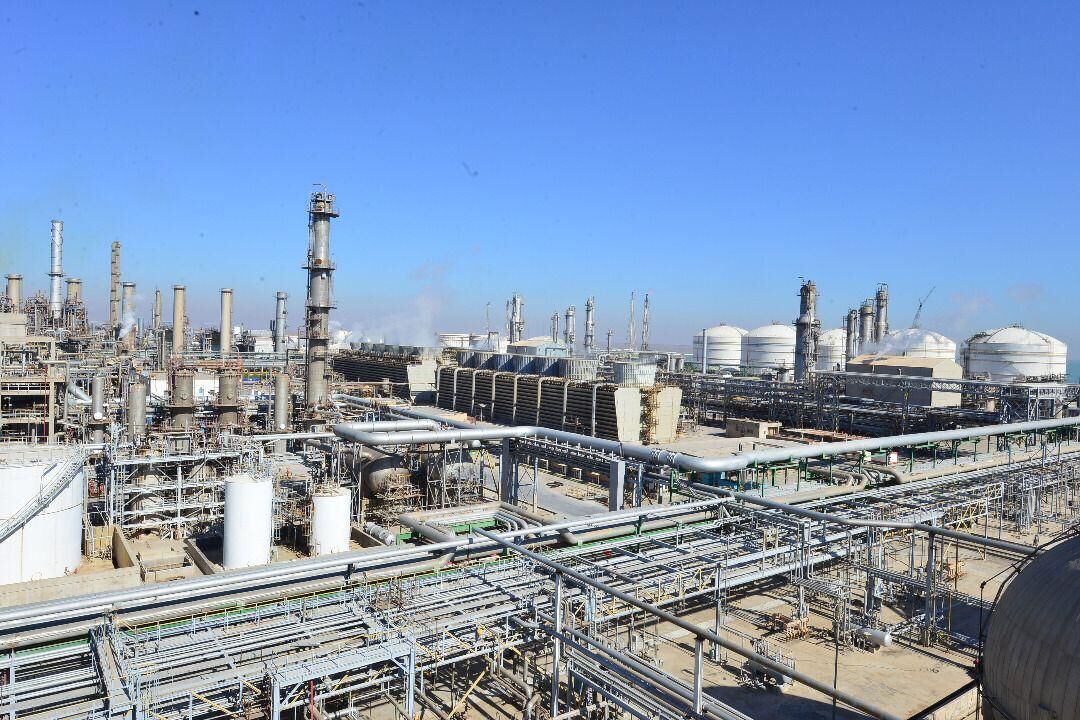Speaking on the need to develop downstream industries to complete the value chain, Ajami emphasized that despite accounting for just 25% of Iran’s total exports, the petrochemical sector has met half of the country’s foreign currency needs in recent years.
“Without financing and investment, developmental projects cannot be realized,” he said, urging regulatory bodies to facilitate growth in petrochemical and downstream industries.
Petrochemicals: A driver of economic security
Citing data from the Ministry of Industry, Mine and Trade, Ajami noted that the petrochemical industry’s high efficiency stems from its international, technology-driven nature and extensive value chain.
“Entrepreneurship in this sector goes beyond job creation—it involves fostering startups and scaling new businesses,” he said. “This industry plays a vital role in ensuring Iran’s economic and social security.”
Currently, 75 petrochemical plants operate in Iran with an annual production capacity exceeding 96 million tons. Of this, 46 million tons are produced in Asaluyeh, 25 million tons in Mahshahr, and the rest in other regions.
The sector’s annual export revenue has averaged $13 billion in recent years, with products divided between domestic sales and international markets.
Challenges: Financing, feedstock
Ajami highlighted two major investment hurdles: restrictions on foreign capital and feedstock shortages. Despite efforts to address these issues through talks with the Ministry of Oil, Ministry of Industry, and the Plan and Budget Organization, challenges persist.
“To meet production targets, the Ministry of Industry and related agencies must collaborate to resolve issues such as gas transmission bottlenecks and financing,” he said.
AI to streamline permit issuance
The NPC is revising permit-issuance processes to reduce bureaucracy, including the use of artificial intelligence to minimize human error and enhance transparency.
“AI is a key tool for improving efficiency in licensing,” A’jami said.
$40b investment potential
Currently, 143 licensed petrochemical projects—spanning methanol, olefins, aromatics and other products—are underway. Since 1979, $87 billion has been invested in the sector, including $26.3 billion from foreign sources, the National Development Fund and other channels.
Ajami estimated an additional $30 billion to $40 billion in potential investments, calling for greater use of domestic capital markets and foreign financing tools.
Private, foreign investor participation
The NPC is exploring hybrid financing models and seeking private and foreign investor involvement in domestic and international projects.
“While regulatory challenges exist, we are adjusting frameworks to attract investment,” Ajami said, expressing hope for continued progress in the sector’s development.


Your Comment